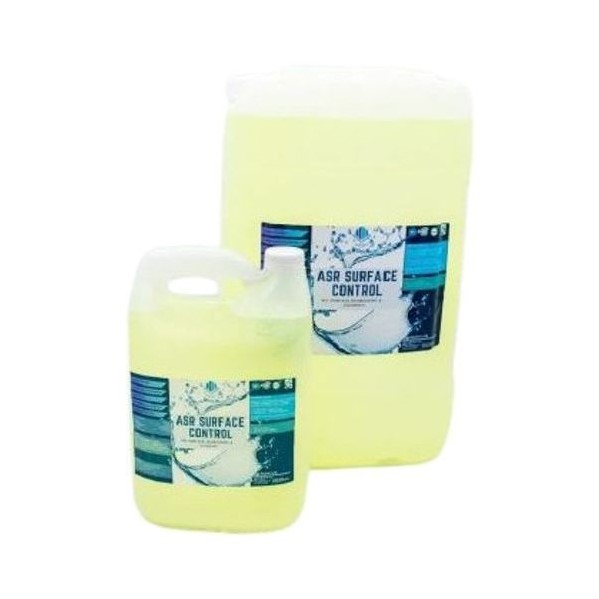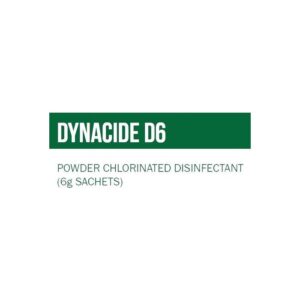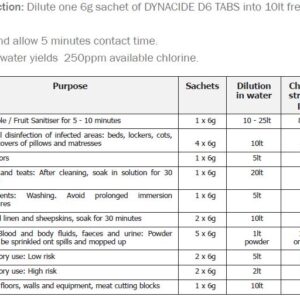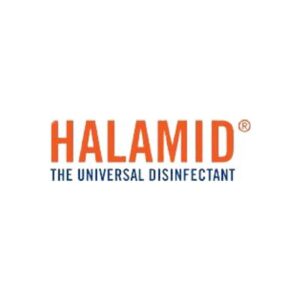Povidone iodine Buffodine
R2,900.00 Excl. VAT
Buffodine, fish egg disinfectant, 25 liter drum. Manufactured on order, 1-2 week lead time.
- Description
- Additional information
- Disinfection procedure
- Activity against bacteria, viruses and fungi
Description
Fish Egg Disinfectant, 25 liter drum. Manufactured on order, 1-2 week lead time.
For the disinfection of eyed and newly stripped, non-hardened fish eggs.
Iodine based, effective against VHS, IPN and ISA fish viruses.
Neutral pH, allows disinfection without harming the eggs.
Colour coded to indicate virucidal activity.
Authorised Biocide: UK-2019-1172.
1 to 3% iodine content (unlike povidone iodine solutions are available in various strengths, such as 5% and 10%). Includes an emulsifier.
Download the Buffodine safety data sheet.
Iodine based product with a strong inactivating effect on VHS, IPN and ISA fish viruses.
BUFFODINE is used for the disinfection of eyed salmonid eggs and newly stripped non-hardened eggs.
BUFFODINE is an authorised biocide, UK-2019-1172.
BUFFODINE contains iodophor and surfactants, which when diluted with water slowly releases iodine.
BUFFODINE should be used as part of a strict disinfection program within the hatchery.
Buffodine® is totally biodegradable, water stable and harmless.
Additional information
| Weight | 25 kg |
|---|---|
| Dimensions | 40 × 35 × 35 cm |
DISINFECTION PROCEDURE:
This product requires dilution before use.
EYED EGGS:
Make a solution of 1:100 parts water (100 ml Buffodine® per 10 litres water).
Place eggs in solution for 10 minutes. After treatment eggs must be washed gently four or
five times in clean fresh water and placed in trays.
NEWLY STRIPPED EGGS:
Wash the milt from the fertilised eggs with a solution of 9 parts Sodium Chloride (edible
quality salt) to 1000 parts water (90 g per 10 litres) until the eggs are clean.
Dissolve 9 parts Sodium Chloride in 1000 parts of water and add 10 parts Buffodine® (90 g
Sodium Chloride and 100 ml Buffodine® per 10 litres). Mix thoroughly.
Immerse eggs in the prepared solution of Buffodine® for a period of 10 minutes.
After the above treatment, the eggs must be washed gently four or five times in a solution of
9 parts Sodium Chloride to 1000 parts water (90 g per 10 litres).
Place eggs in trays of clean fresh water.
Mixed solutions should be used only once. After use, dispose of unused product, the
packaging and any contaminated materials in accordance with local requirements.
Used product can be flushed to the municipal sewer depending on local requirements. Avoid
release to an individual waste water treatment plant.
PRODUCT INFORMATION:
Appearance: Dark brown liquid
Odour: Faint iodine
pH – undiluted: 6.50
Shelf life: 18 months
COMPOSITION:
Contains a blend of iodine,
nonionic surfactants and pH buffering agents.
BIODEGRADABILITY:
All surfactants used in Evans
Vanodine products comply with the current
European Regulations concerning biodegradability
and protection of the environment.
AUTHORISED BIOCIDE:
UK-2019-1172
Bacterial test profile

Some of the species iodine is effective against: Enterococcus hirae, Proteus hauseri, Pseudomonas aeruginosa, Staphylococcus aureus,
Aeromonas salmonicida, Carnobacterium maltaromaticum, Lactococcus garvieae, Yersina ruckeri. Other aquaculture applications would include treating against the bacteria Aeromonas hydrophila in eels.
A useful reference:
Efficacy of formalin and povidone–iodine disinfection techniques on the eggs of three marine finfish species
October 2010 Aquaculture Research 41(11):e838 – e843
DOI:10.1111/j.1365-2109.2010.02604.x
Viral test profile

Efficacy against these viruses has been shown: Viral haemorrhagic septicaemia virus (VHS), Infectious pancreatic necrosis virus (IPN), Salmon Anaemia virus (ISA).
Fungal infections
The fungal group, Saprolegniaceae can be controlled by povidone iodine. See:
Detection of Saprolegnia parasitica in eggs of angelfish Pterophyllum scalare (Cuvier–Valenciennes) with a history of decreased hatchability.
International Journal of Veterinary Science and Medicine
Volume 1, Issue 1, June 2013, Pages 7-14
This article reported, “Impressively, the mortality rates of incubated eggs were abruptly declined from 70% to 30%, while hatching rate had sharply increased from 10% to 60% within one week post treatment which explicitly confirms the antifungal efficacy/safety of povidone iodine. . .”.
The same article notes that, “Fungal infections are one of the main factors responsible for mortality and economic losses among the ornamental and food fish farming industries. The most commonly identified fungal pathogens of fish are water molds (Class Oomycetes) of the Saprolegnia genus. Many literatures have reported Saprolegniosis to be the cause of mass kills among Nile tilapia Orechromis niloticus (Linnaeus) eggs, grey mullet Mugil cephalus (Linnaeus), and in many non native fish species such as roach Rutilus rutilus (Linnaeus), barramundi Lates calcarifer (Bloch), kissing gourami Helostoma temminckii (Cuvier–Valenciennes), guppy Poecilia reticulate (Peters), swordfish Xiphias gladius (Bloch), platyfish Xiphophorus maculatus (Günther), sockeye salmon Oncorhynchus nerka (Walbaum), eels Anguilla anguilla (Linnaeus), channel catfish Ictalurus punctatus (Rafinesque) and sturgeon Acipencer persicus (Borodin) eggs. Mass kills due to Saprolegniosis are particularly catastrophic at lower water temperatures. Thereby, most of Saprolegnia associated mortalities are confined to late autumn, winter and early spring seasons.”



















